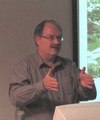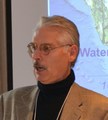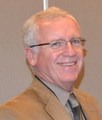BACKGROUNDER SERIES ON SUSTAINABLE WATERSHED SYSTEMS: Peer-based Learning is Motivating and Powerful (released May 2017)

“The Regional District of Nanaimo (RDN) and Comox Valley presentations to our Regional Board were of high quality and relevant. Board members were fully engaged. Learning from each other is motivating and powerful,” stated Brian Carruthers, CAO, Cowichan Valley Regional District. “Those regions provide a range of experience that we can learn from: the RDN has a true region-wide service function; and Comox Valley has a watershed-based service.”










